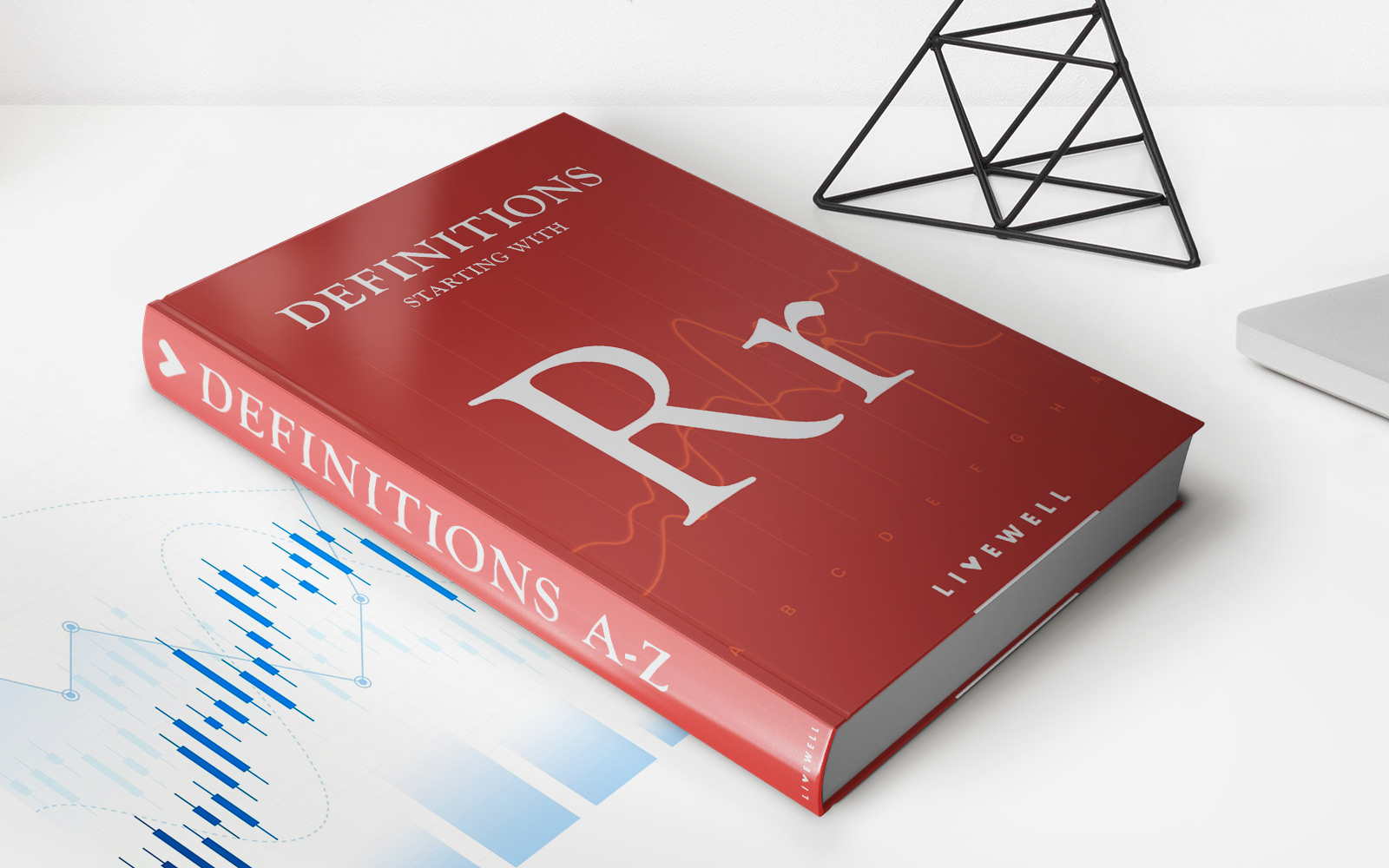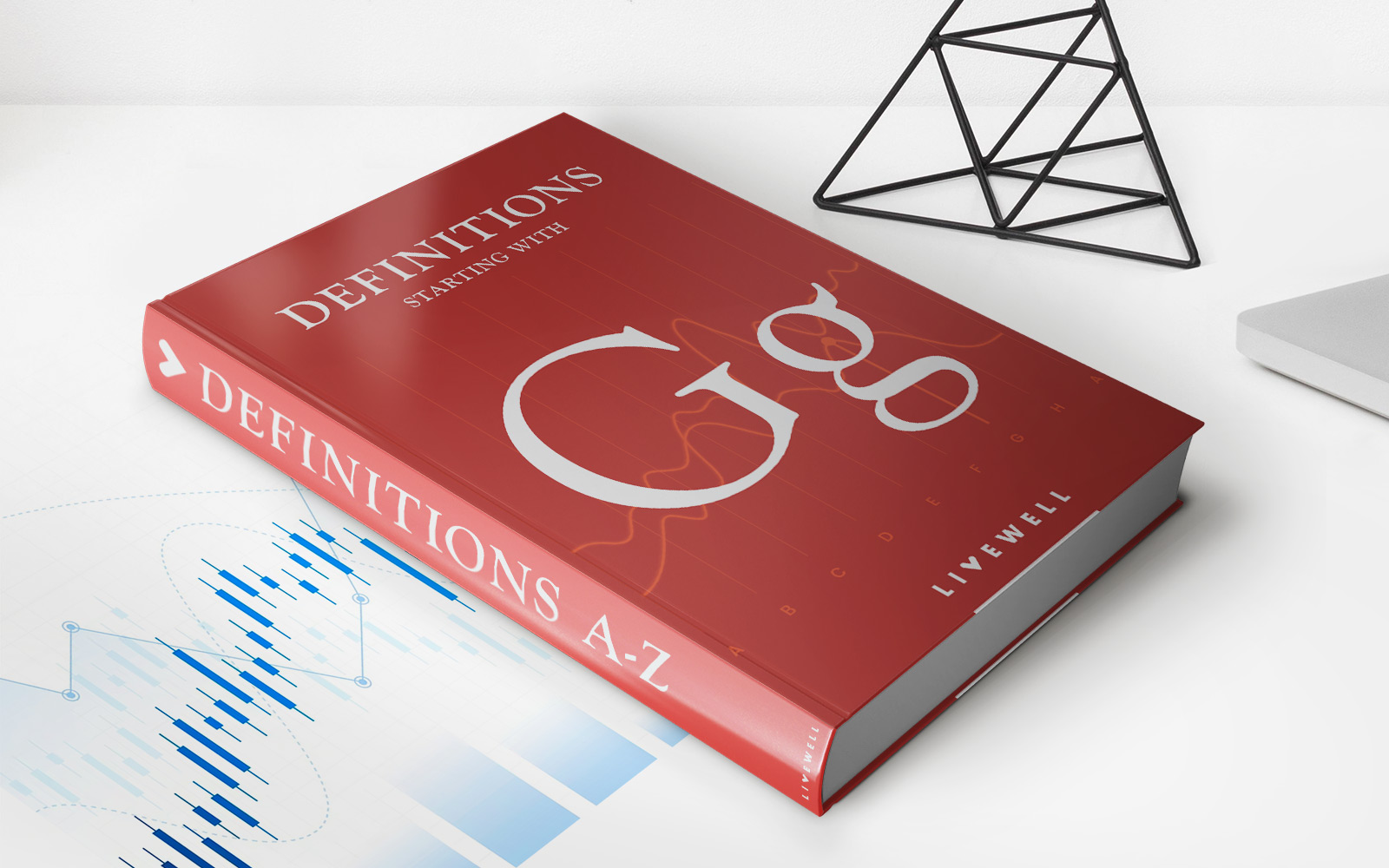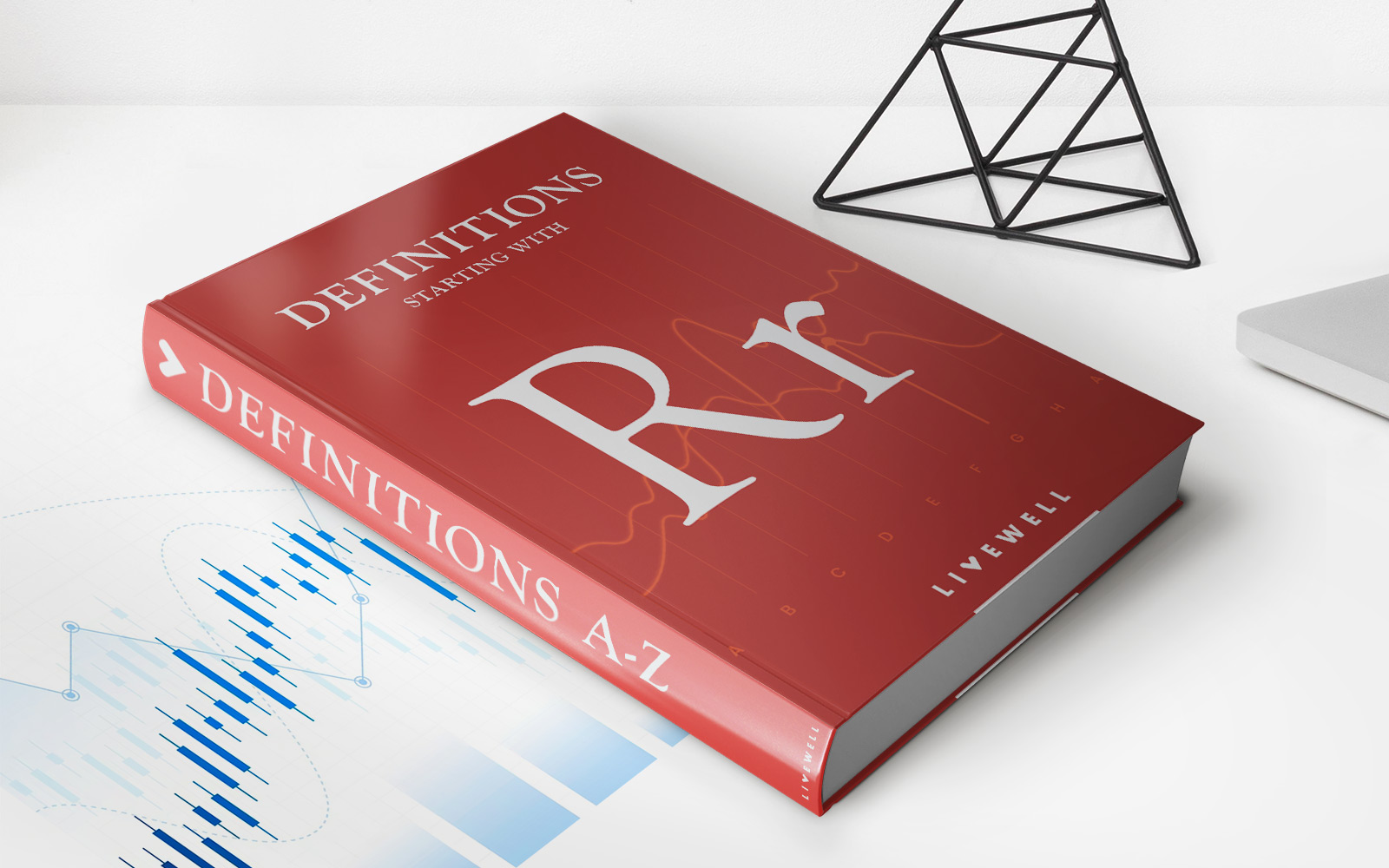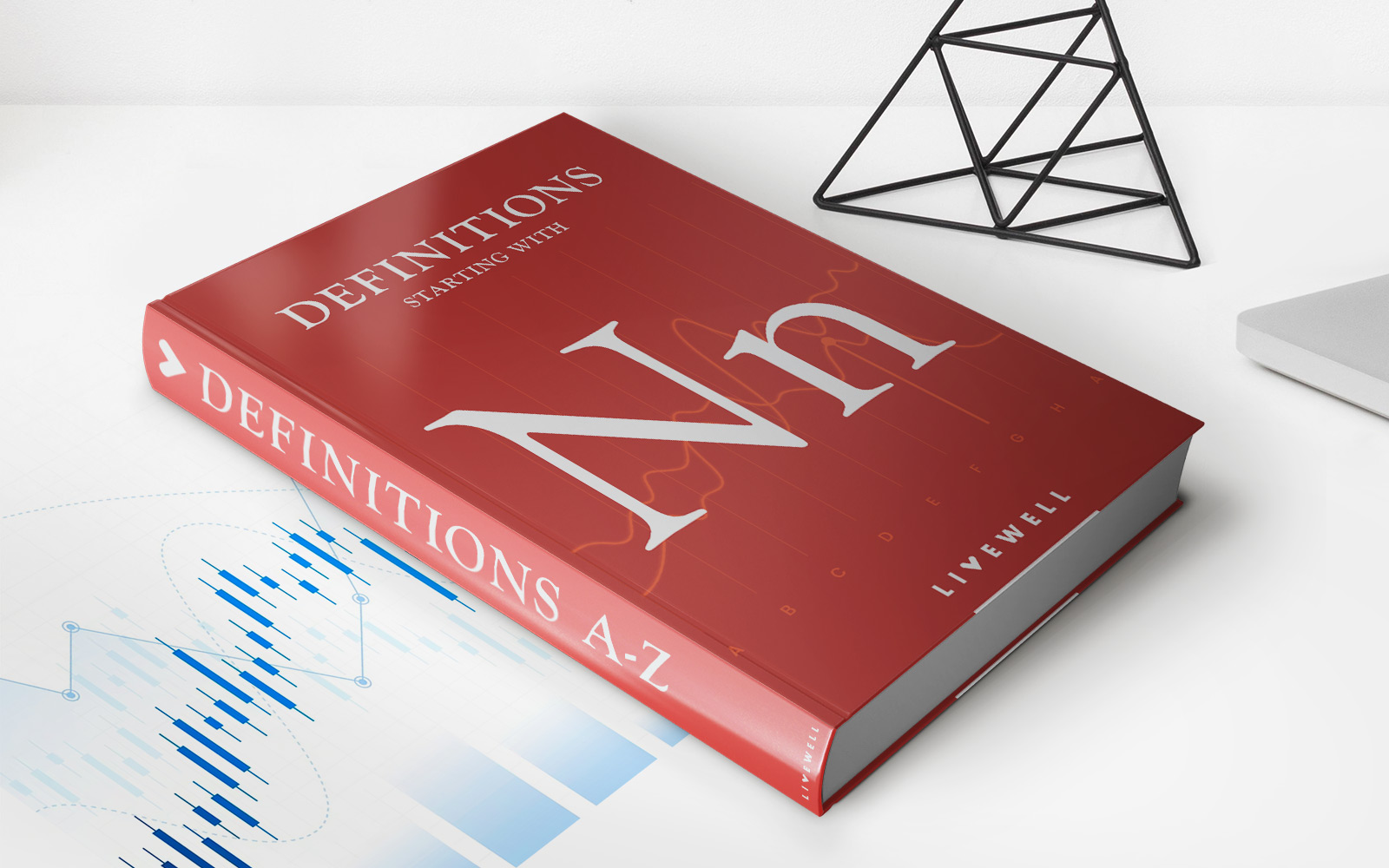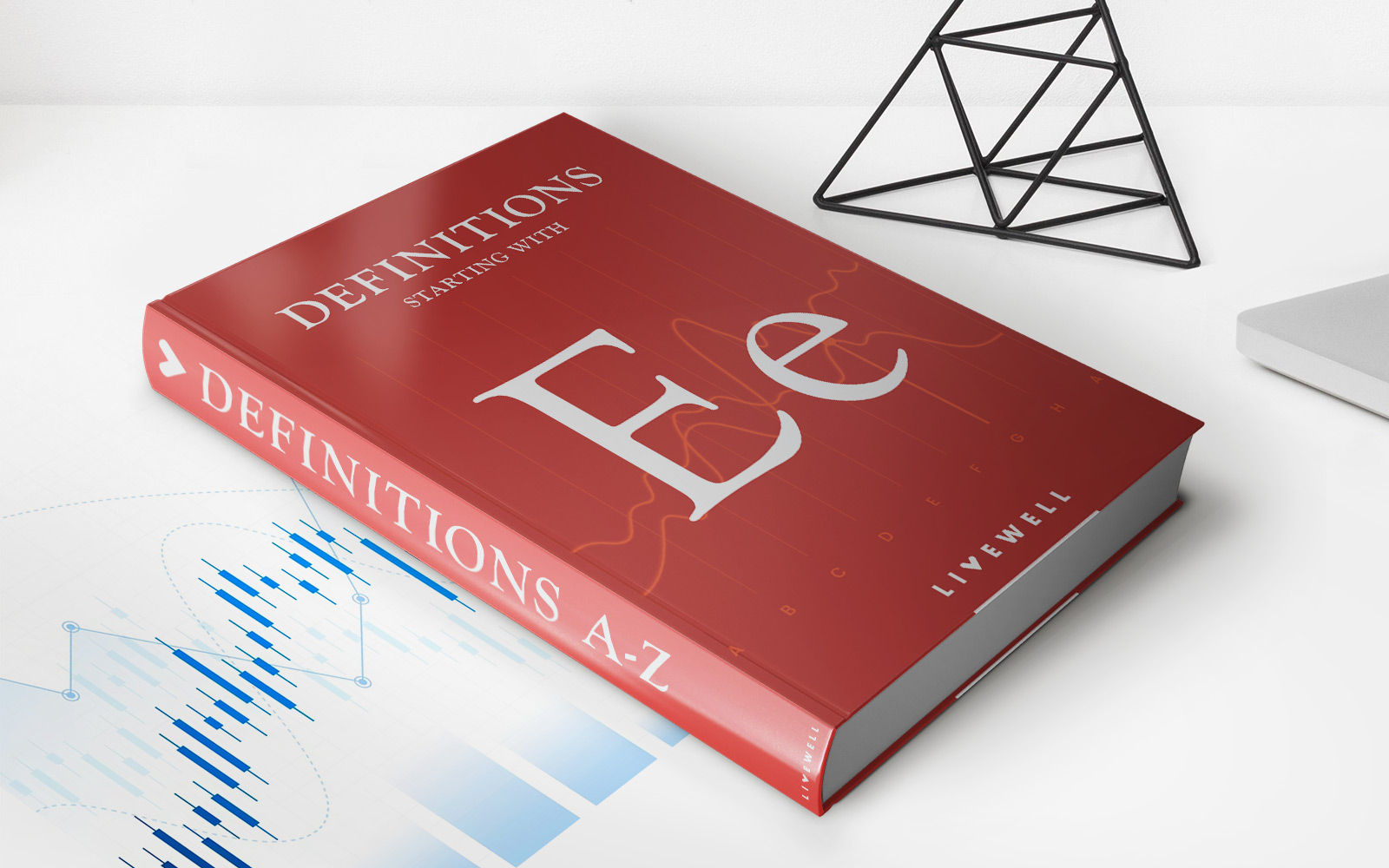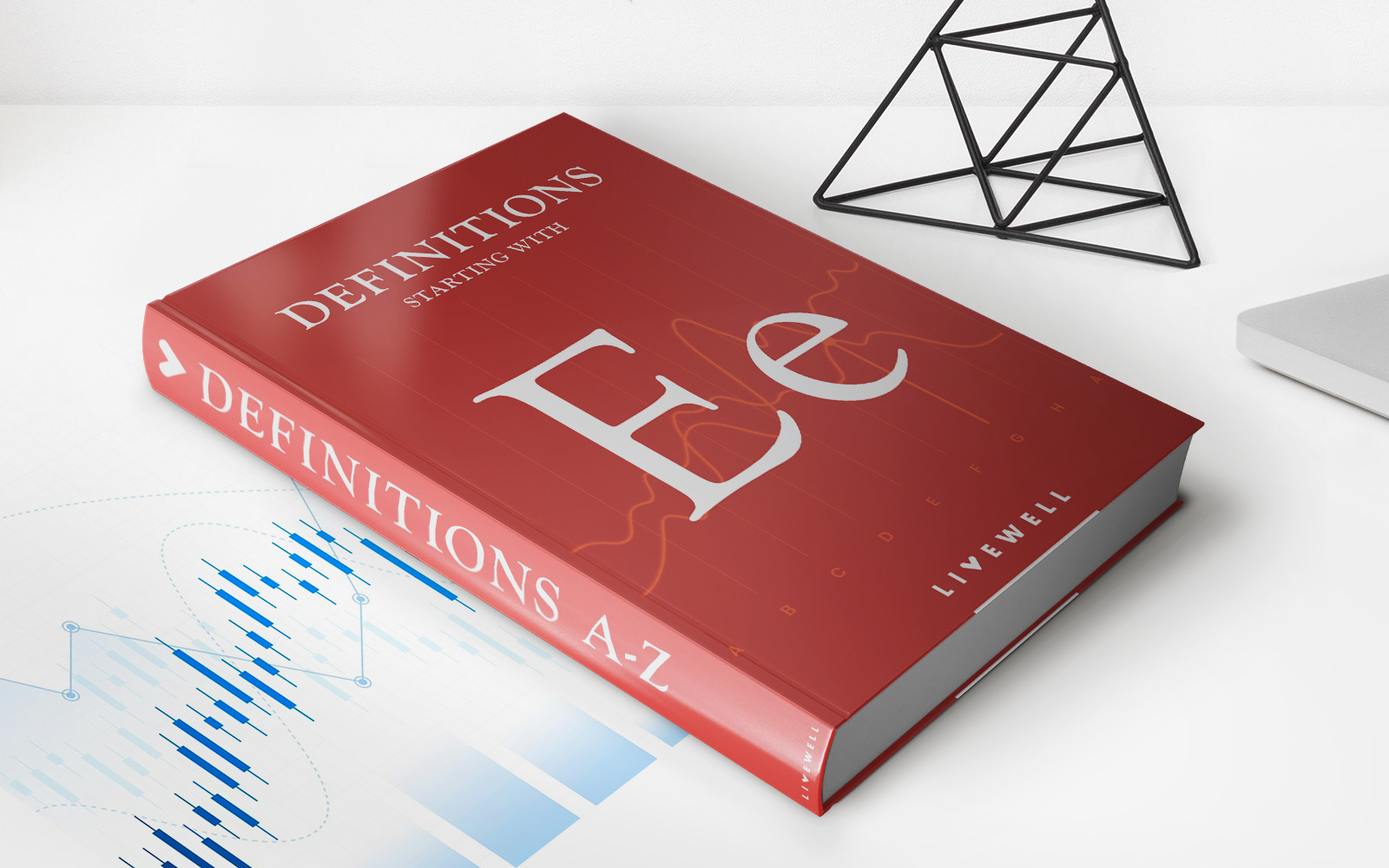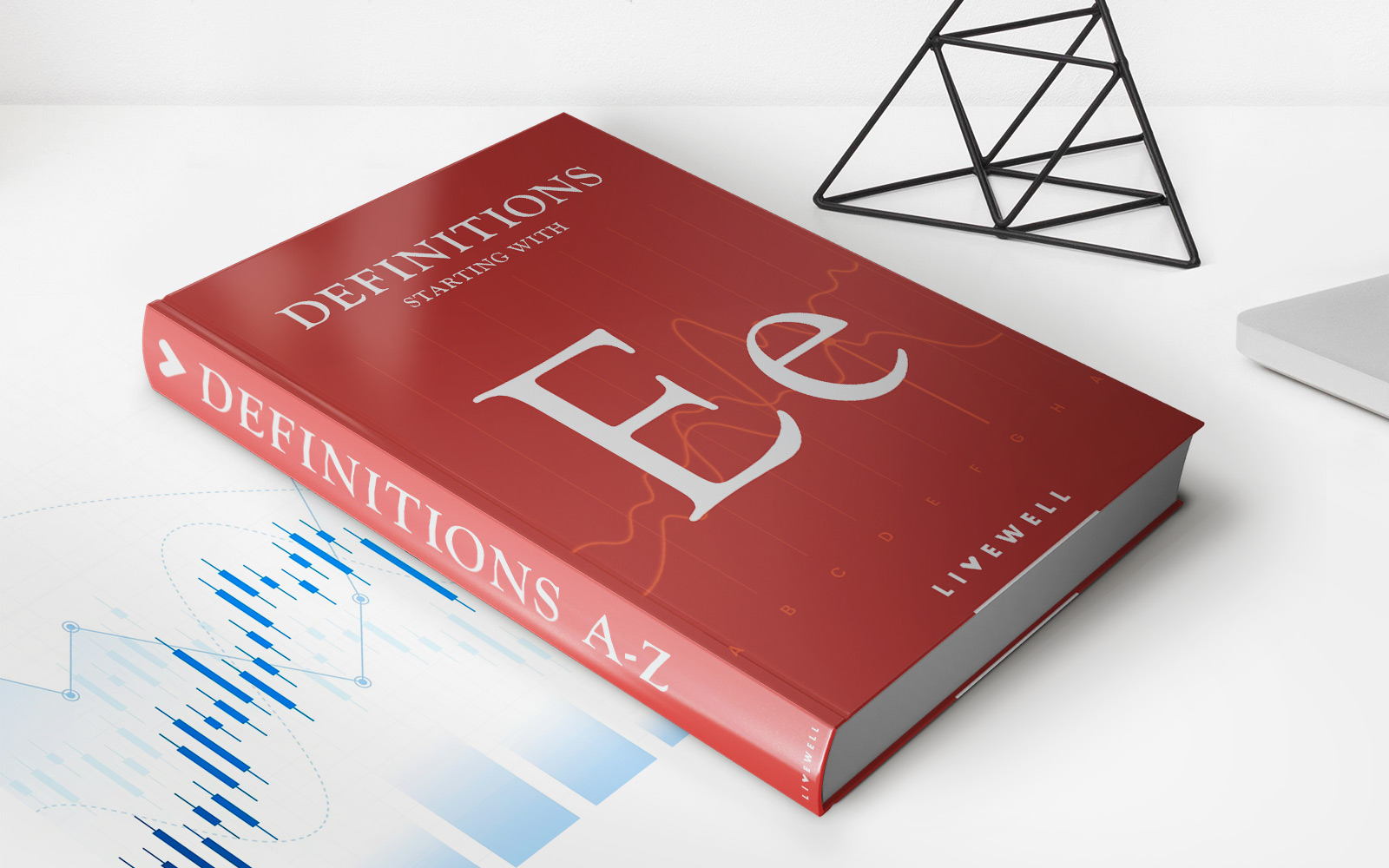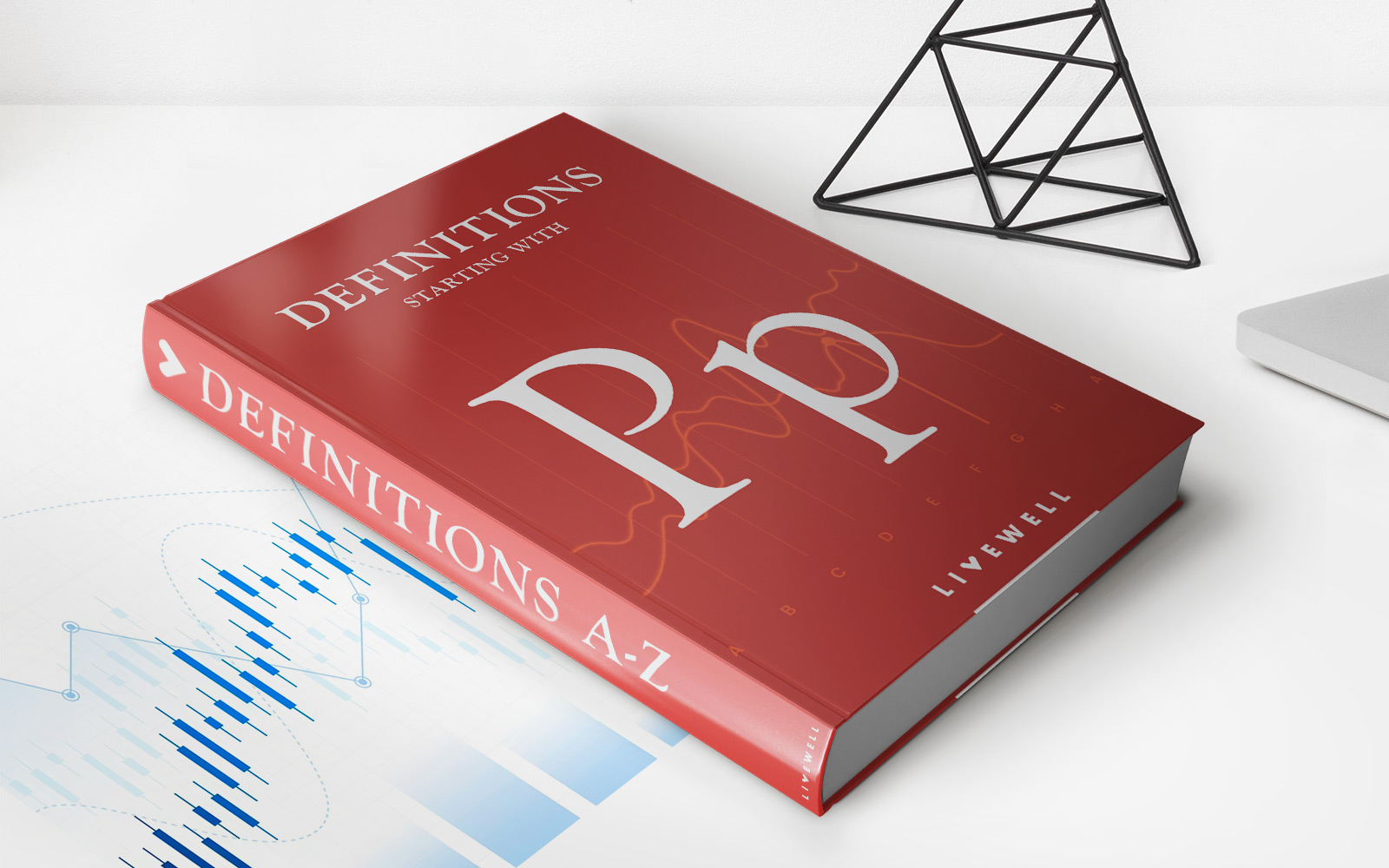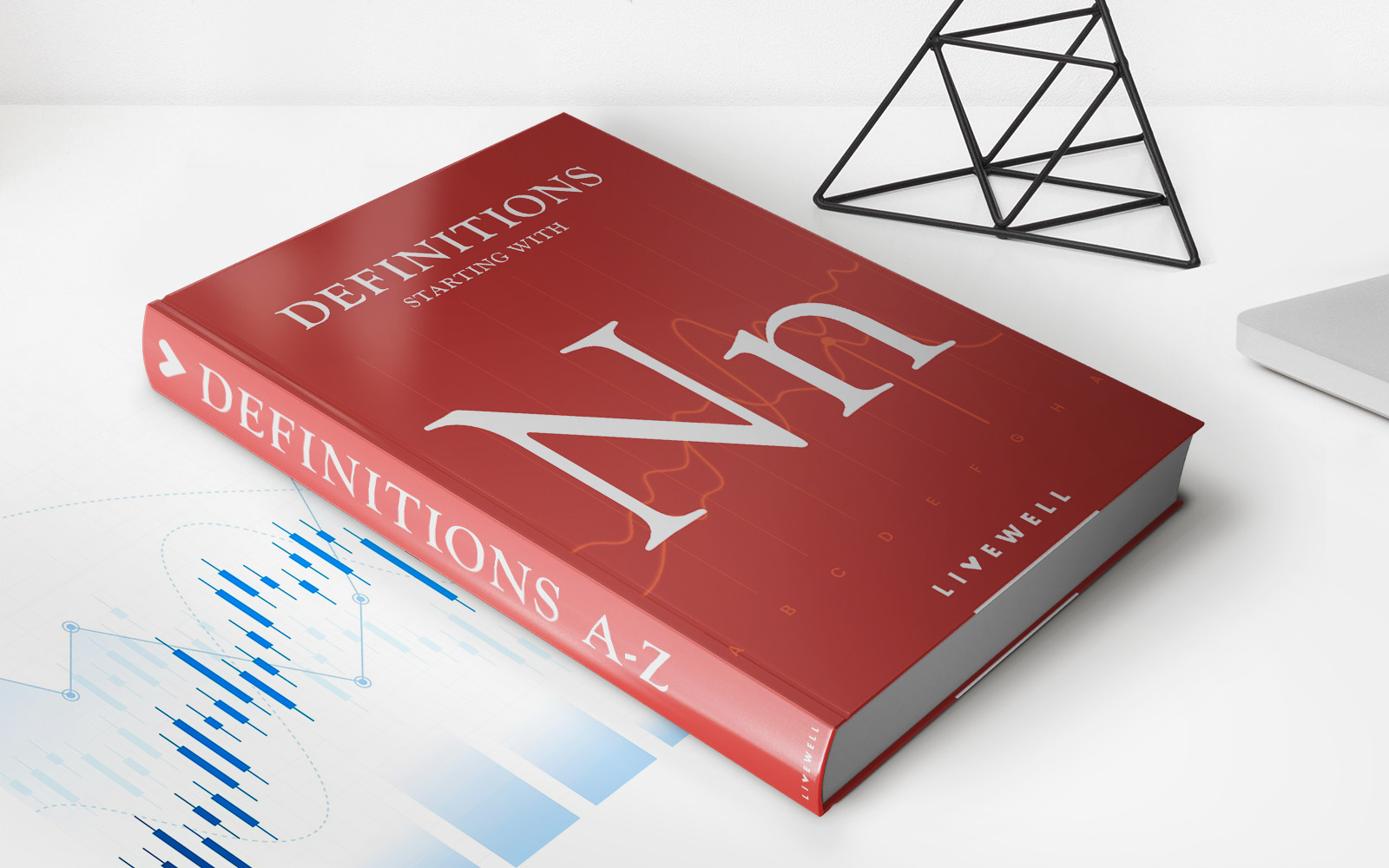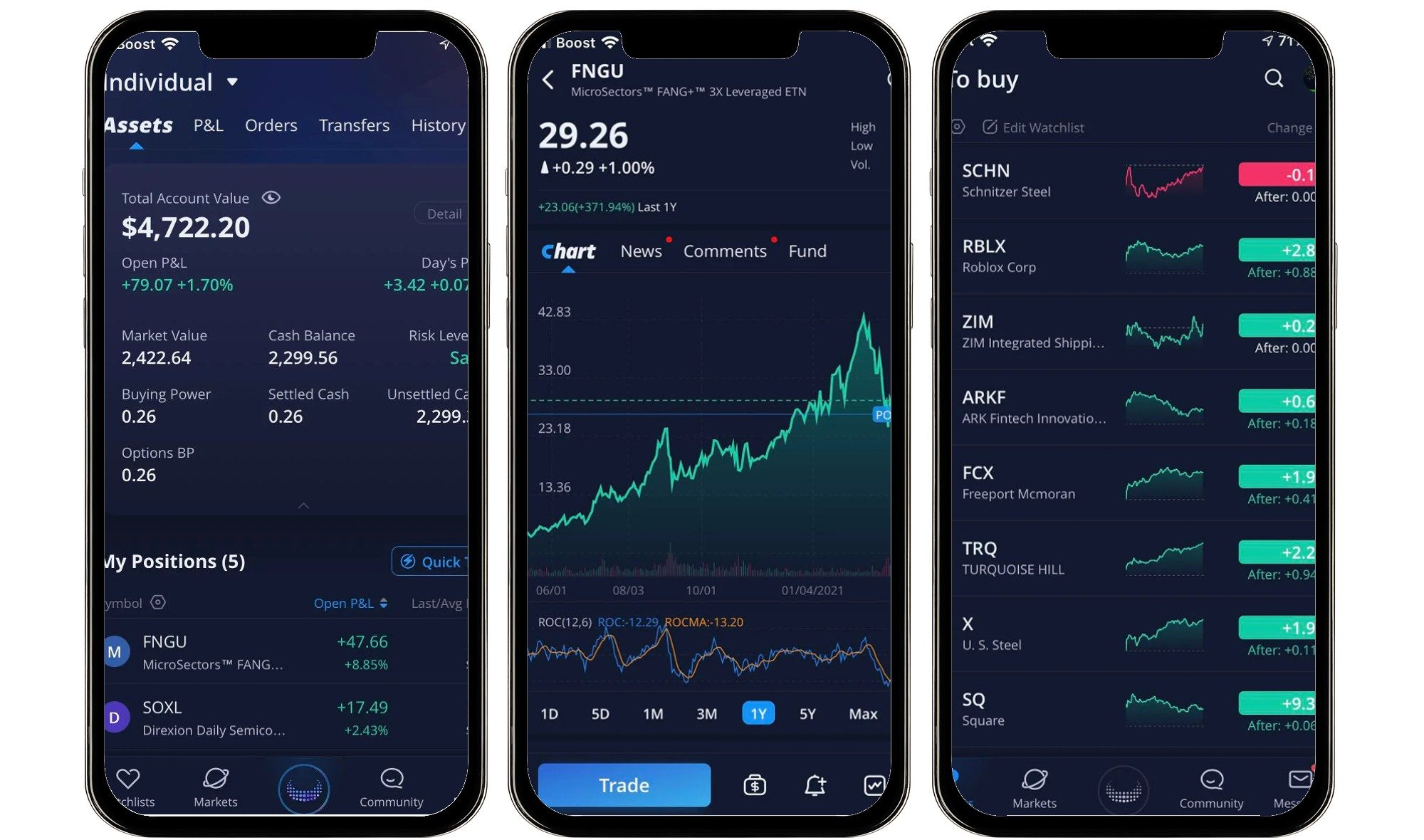Home>Finance>Real Value: Definition, Calculation Example, Vs. Nominal Value
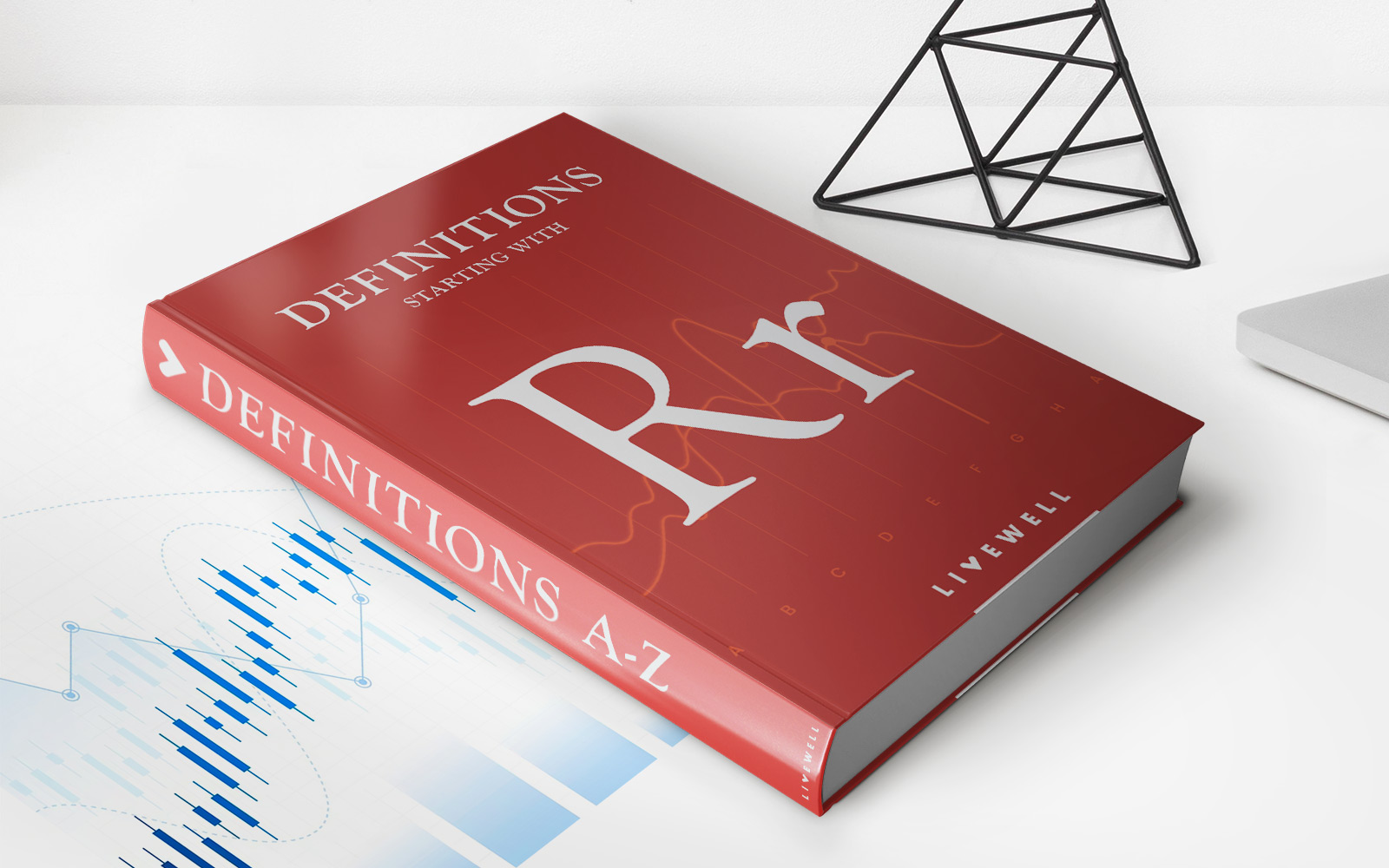

Finance
Real Value: Definition, Calculation Example, Vs. Nominal Value
Published: January 16, 2024
Understand the concept of real value in finance with its definition, calculation example, and the key differences between real value and nominal value.
(Many of the links in this article redirect to a specific reviewed product. Your purchase of these products through affiliate links helps to generate commission for LiveWell, at no extra cost. Learn more)
Understanding Real Value: Definition, Calculation Example, Vs. Nominal Value
When it comes to understanding finance and making informed decisions, one term that often comes up is “real value.” But what exactly does it mean? In this article, we’ll dive into the definition of real value, provide a calculation example, and compare it to nominal value, giving you a clear understanding of its significance in the financial world.
Key Takeaways:
- Real value measures the purchasing power of money and assets.
- It takes into account inflation to provide a more accurate representation of worth over time.
The Definition of Real Value
Real value, also known as “true value” or “constant value,” refers to the value of goods, services, or money after accounting for inflation or deflation. It is a concept used to measure the purchasing power of money and assets and adjust for changes in their worth over time.
Unlike nominal value, which is the face value or current market price of an asset, real value considers the impact of inflation. Inflation erodes the purchasing power of money, meaning that the same amount of money can buy fewer goods or services in the future. Real value provides a more accurate representation of an asset’s worth by factoring in this inflationary effect.
Calculating Real Value
To calculate the real value of an asset or measure the real growth of an investment, you need to adjust for inflation. The formula for calculating real value is as follows:
Real Value = Nominal Value / Price Index
The price index, such as the Consumer Price Index (CPI) or the Producer Price Index (PPI), reflects changes in the average price level of a basket of goods and services over time. By dividing the nominal value of an asset by the relevant price index, you can determine its real value.
For example, let’s say you purchased a stock ten years ago for $1,000, and the current price index is 150. Using the formula, the real value of your investment would be:
Real Value = $1,000 / 150 = $6.67
This means that the purchasing power of your investment has decreased to $6.67 in today’s dollars due to the impact of inflation.
Real Value vs. Nominal Value
While nominal value provides a snapshot of the current market price of an asset, real value takes into account the time value of money and provides a more accurate representation of its worth. Here are some key differences between real value and nominal value:
- Real value considers inflation, while nominal value does not.
- Real value provides a long-term perspective, reflecting the changes in purchasing power over time.
- Nominal value is influenced by market forces such as supply and demand, while real value factors in the impact of inflation or deflation.
Understanding and calculating real value is essential in various financial scenarios, such as investment analysis, retirement planning, or even determining the true cost of goods or services. By accounting for inflation, you can make more informed decisions and assess the true worth of your assets.
As you dive deeper into the world of finance, keep in mind that real value provides a more accurate measure of worth by factoring in inflation. By understanding this concept, you’ll be better equipped to navigate the financial landscape and make informed decisions for a prosperous future.
